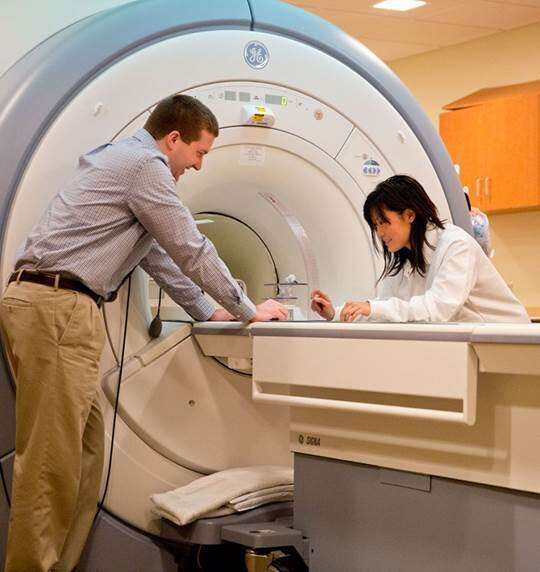What do you do when regulatory requirements exceed reasonable engineering controls?
Part 6
In part one of this series, we talked about why regulatory requirements for medical device testing might exceed reasonable engineering controls. In this part, we’ll share the last of five real-life case studies in which we at MED Institute faced this kind of discrepancy.
This final case study concerns magnetically induced deflection of devices in an MR/MRI environment. When patients implanted with a medical device are exposed to an MR/MRI environment, there is a potential that the device performance could be affected by the magnetic force of the MR/MRI environment or that the patient could be harmed. The company’s engineering requirement was that the deflection force of the device in an MR/MRI environment must not adversely affect the performance of the device or harm the patient.
The regulatory requirement was based on a statement in an ASTM standard regarding a very conservative limit that is often adopted by the medical industry as an acceptance criterion.
Our three courses of action in each case study have been to accept the regulatory requirement, justify the company’s requirements, or negotiate a new solution.
In this case, agreeing with the regulatory requirement would result in labeling the device as MR/MRI unsafe, since the conservative limit suggested by ASTM could not be met. This option was the least desirable of the three.
Convincing the regulatory body that the company’s criterion was sufficient would require physician feedback and supporting publications including clinical evidence.
Reaching a compromise would help the regulatory agency understand the clinical performance requirements of the device in the MR/MRI environment.
In this case, we originally chose option one and then ultimately option 3. Initially, because of regulatory timelines and the desire to have the device on the market as soon as possible the device was labeled as unsafe in an MR/MRI environment. After gathering safety data from patients implanted with the device and discussion with the regulatory authority, a plan was put in place to perform testing to establish the safety of the device in the MR/MRI environment. If option two was chosen the regulatory approval of the device would have been significantly delayed, even though the science to deliberate with the regulatory agency was sound enough to eventually receive conditional labeling. Getting the device to market in a timely manner was deemed more important than labeling the device MR/MRI conditional.
A common thread throughout these case studies has been our belief that physiologic models, acceptance criteria and medical device testing methods must be continuously improved. Communication is the key to improvement, so communication with regulatory authorities—early and often—is essential.
Get email about news, services, and events from MED Institute.
OUR COMMITMENT
We are committed to consistently performing services with high quality, that deliver exceptional results, and add value to the client’s business.
For client surveys sent in 2024, we received ratings of 4.98/5 points (13).

